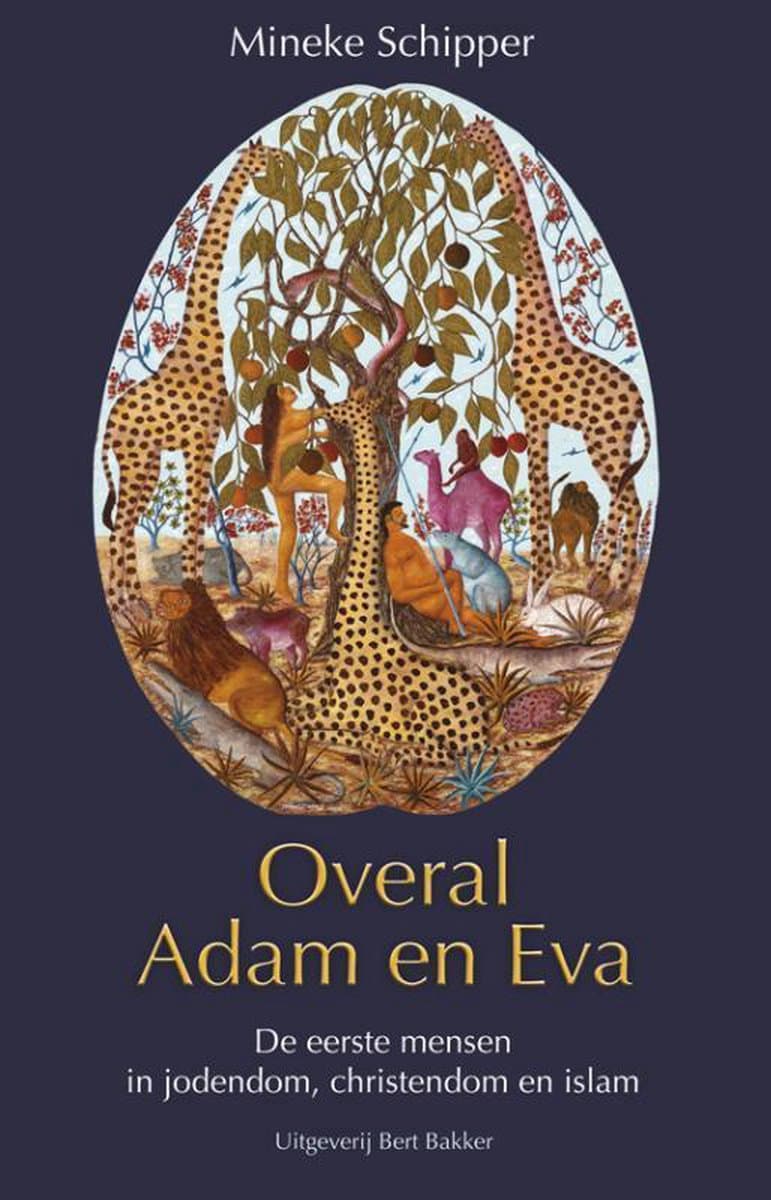Adam and Eve Everywhere
God created Adam and Eve and so, according to the Bible, humanity began. The Koran likewise points to Adam and his wife as the first people. The creation story as referred to in their Holy Book by Jews, Christians and Muslims is the best known version, but there is astonishing variety of other stories about Adam and Eve. They have been passed down by word of mouth from one generation to the next, in all parts of the world. Mineke Schipper’s book is the first to deal with these mostly unfamiliar stories.

At last we find answers to questions such as: Did Adam and Eve wear clothes in paradise? Did they have sex there or only much later? How did Satan come to be in the Garden of Eden? Did he sleep with Eve before Adam did, and was he possibly the father of Eve’s firstborn son Cain who later committed fratricide? One profound question underlies them all: Where did evil come from, if the world was created perfect?
According to most stories, Adam’s problems start with the creation of Eve. Although not always the first to eat the forbidden fruit, she is often blamed for the loss of paradise. In the ancient Jewish tradition, Adam’s first wife Lilith, created along with him, wanted to be his equal. Many Christian paintings show the snake in the Tree of Knowledge as having the head and tempting upper body of Lilith. In the stories and their accompanying artworks, fear of female sexuality produces an image of temptation and doom.
In all three religions, the clay used to create Adam’s body comes from all over the world, but his head has more specific origins. In Jewish tradition, God takes the mud for Adam’s head from the place where the Temple in Jerusalem would later be built. In Christian stories, God uses clay from Golgotha, where Jesus will be crucified. And in Islamic stories Adam’s head is made of earth from the place where the Ka’aba in Mecca now stands.
Schipper shows that stories about Adam and Eve in different cultures, and their accompanying images, originate from the same sources in the Middle East before they spread across the world along with the three religions. The extent to which those stories have shaped our cultures and beliefs, she argues, reflects a unity in diversity that contributes to building bridges. The great variety of traditional stories enables them to throw light on each other and create room for dialogue between believing and non-believing descendants of Adam and Eve.
Makes clear how stories of Adam and Eve served to lay a foundation for unequal gender relations in the three religions.
Draws upon a wealth of traditional and contemporary images to provide remarkable illustrations of the ways in which Adam and Eve have been represented in the three religions and around the world.
“No lack of captivating material here. With Adam and Eve Everywhere a treasury of ancient stories is brought clearly into view.”
.jpg&w=640&q=75)